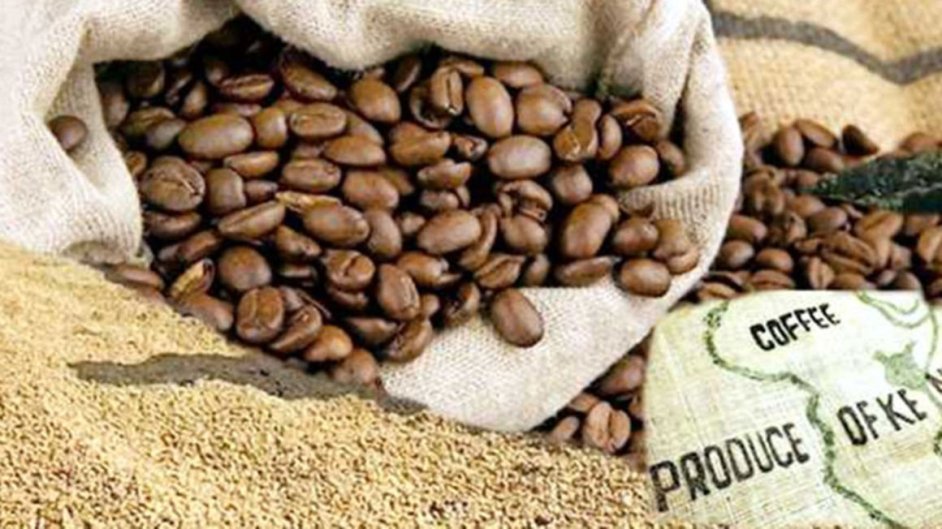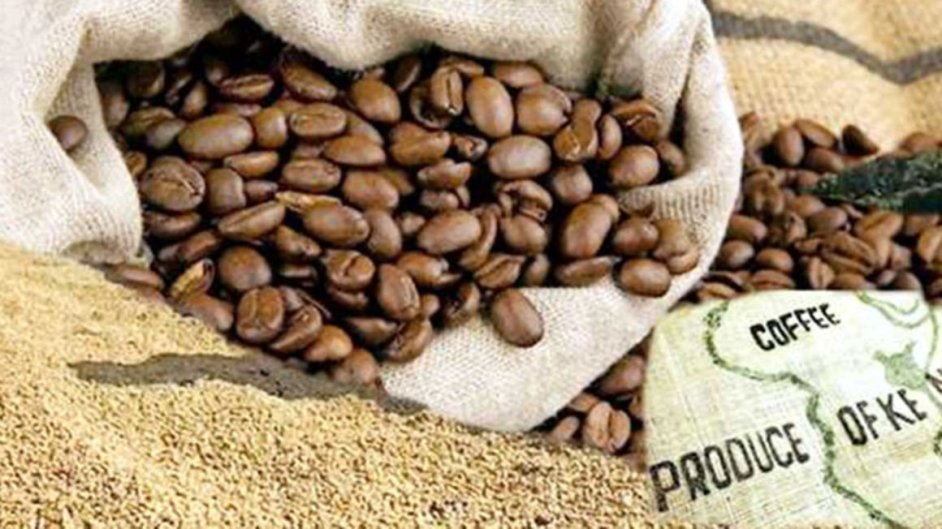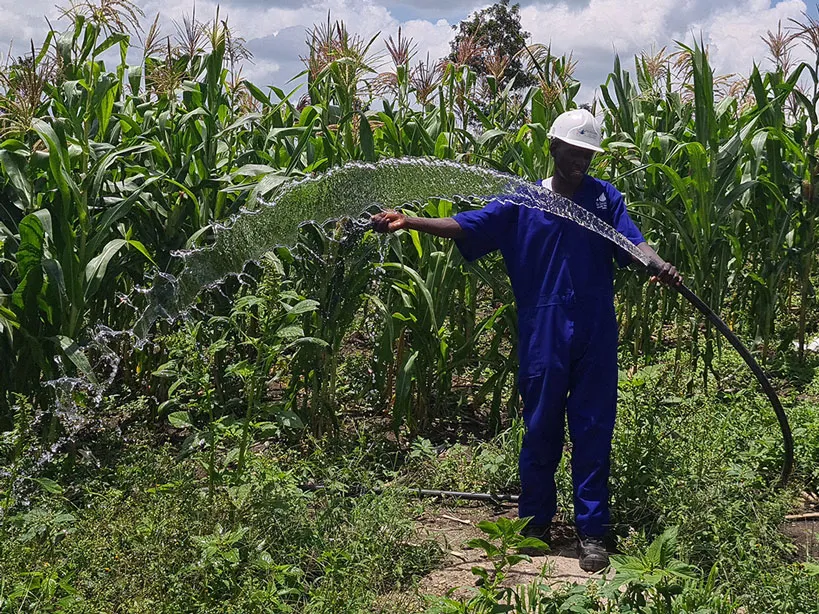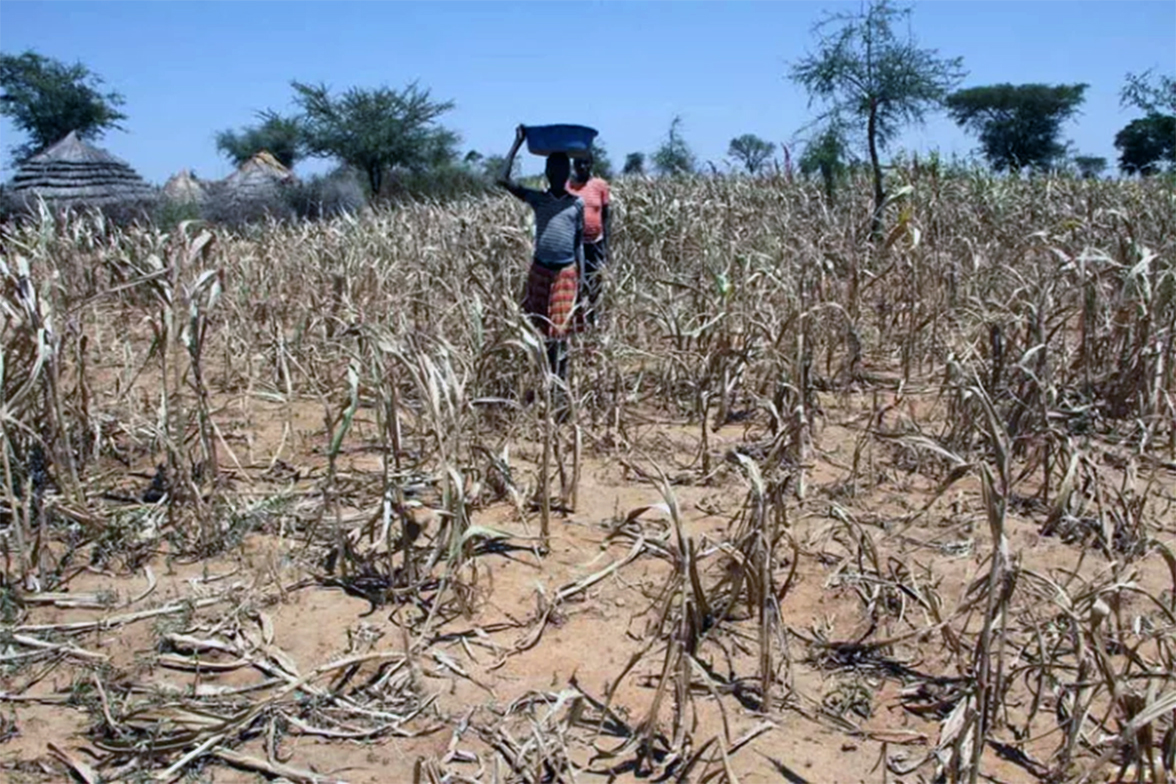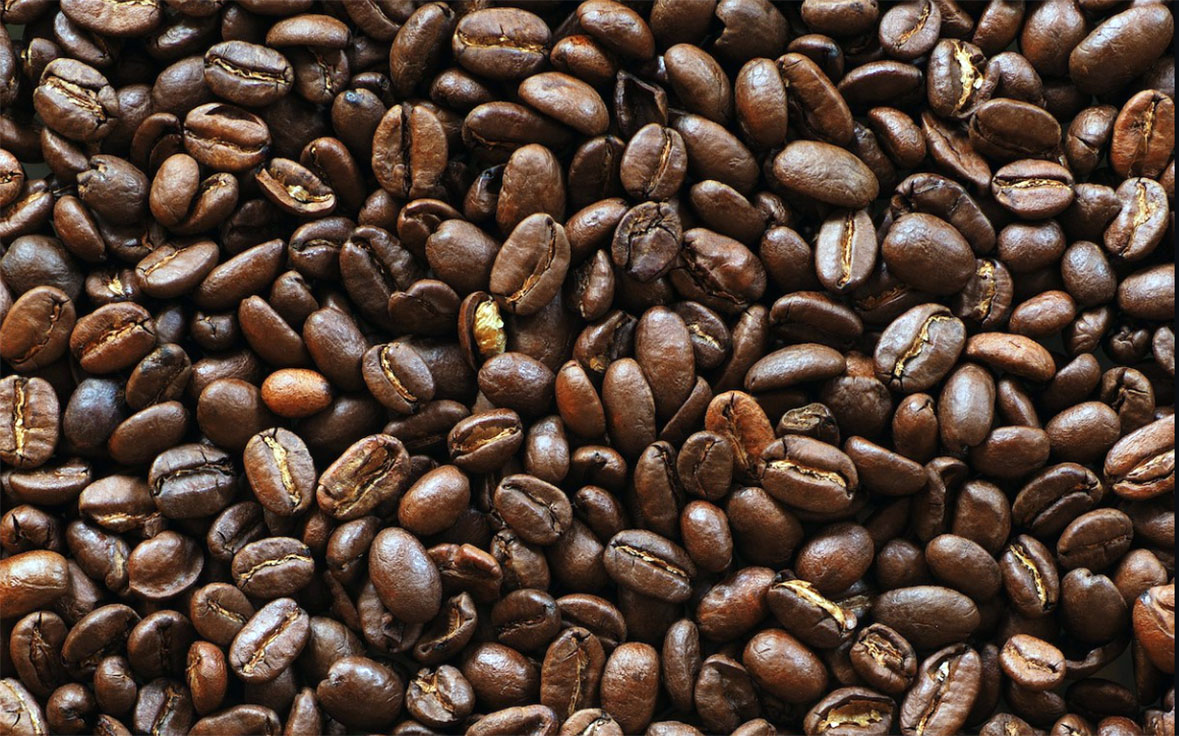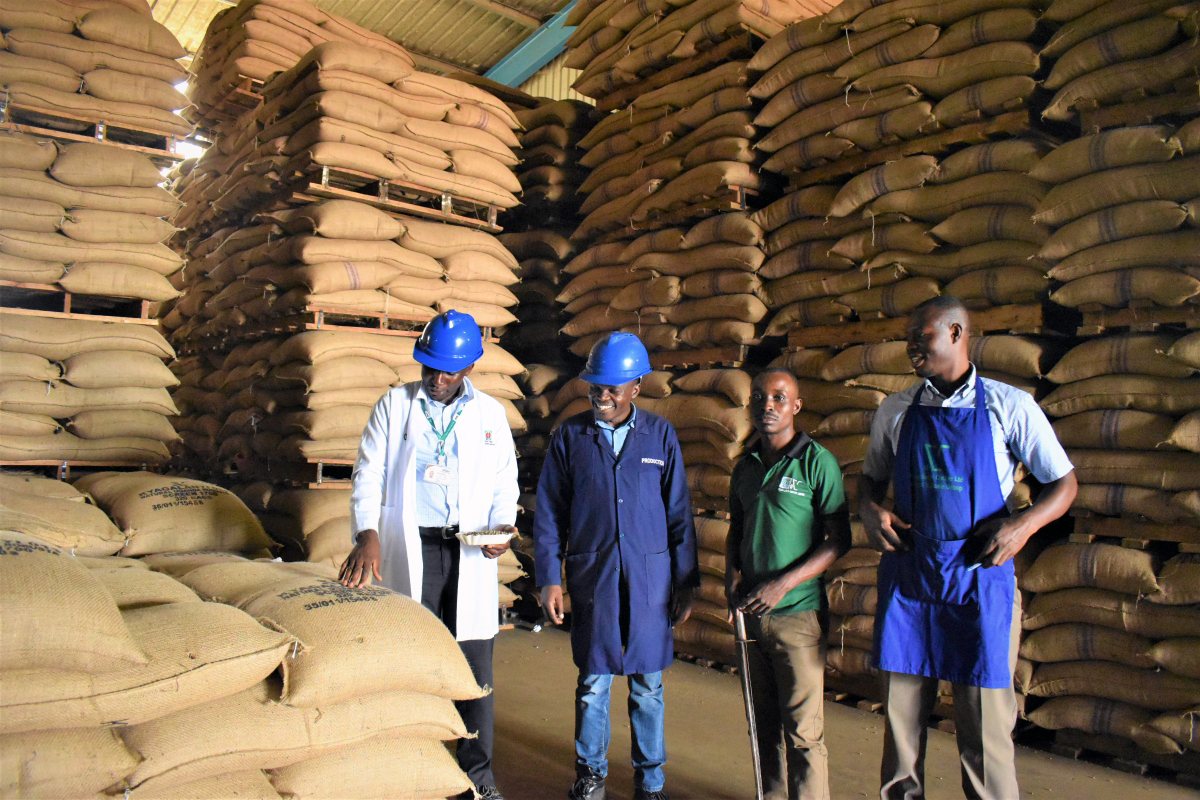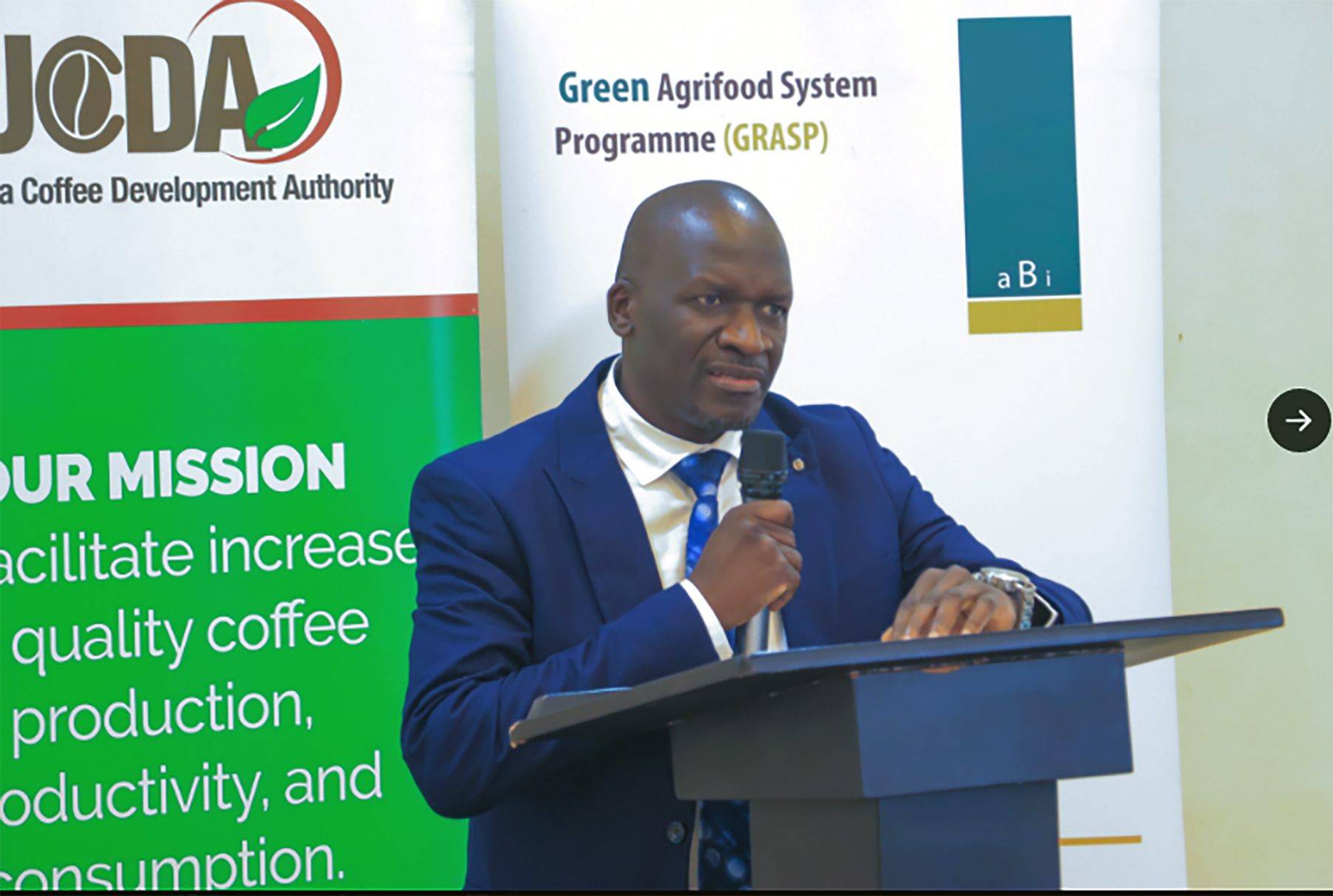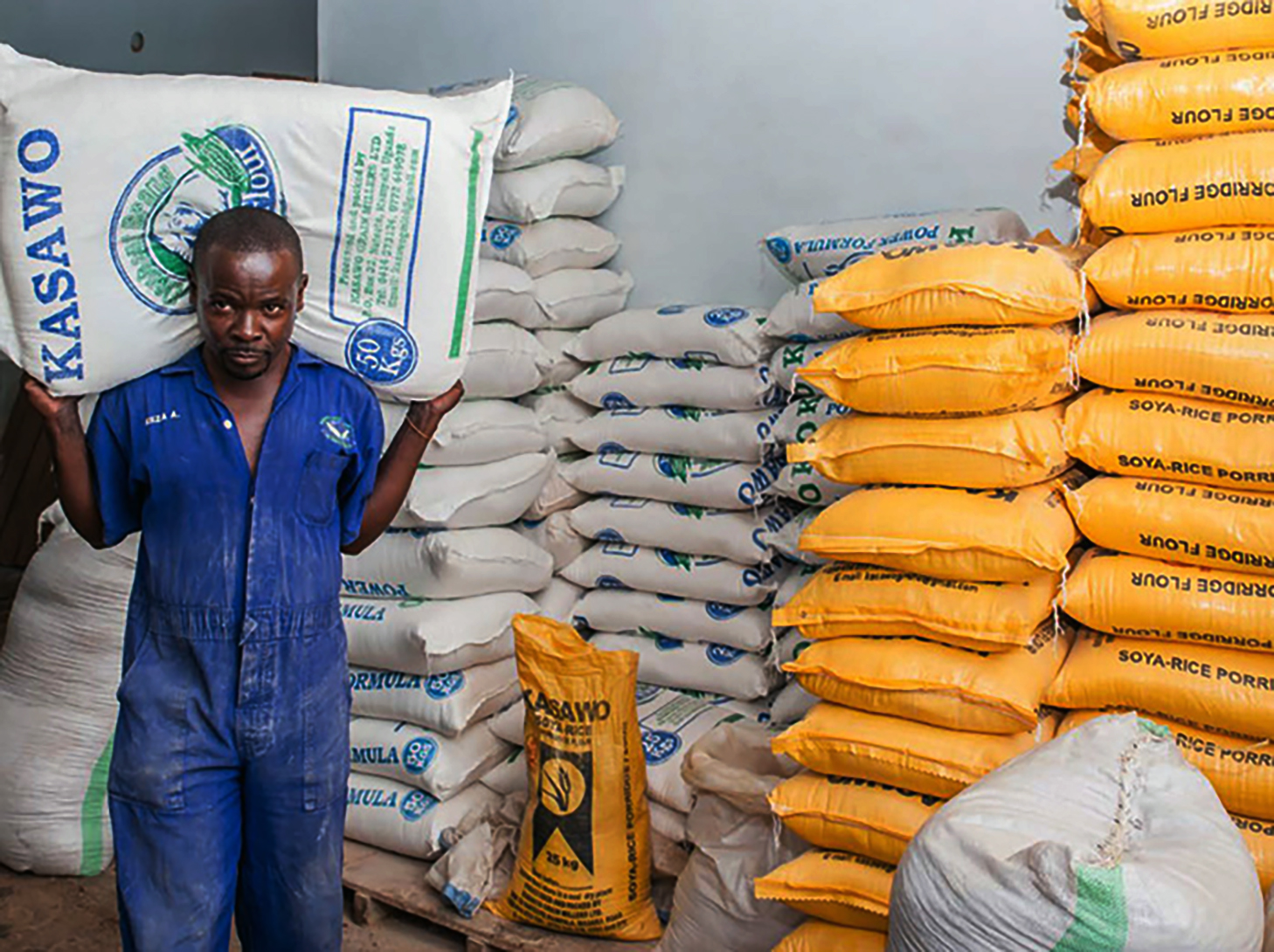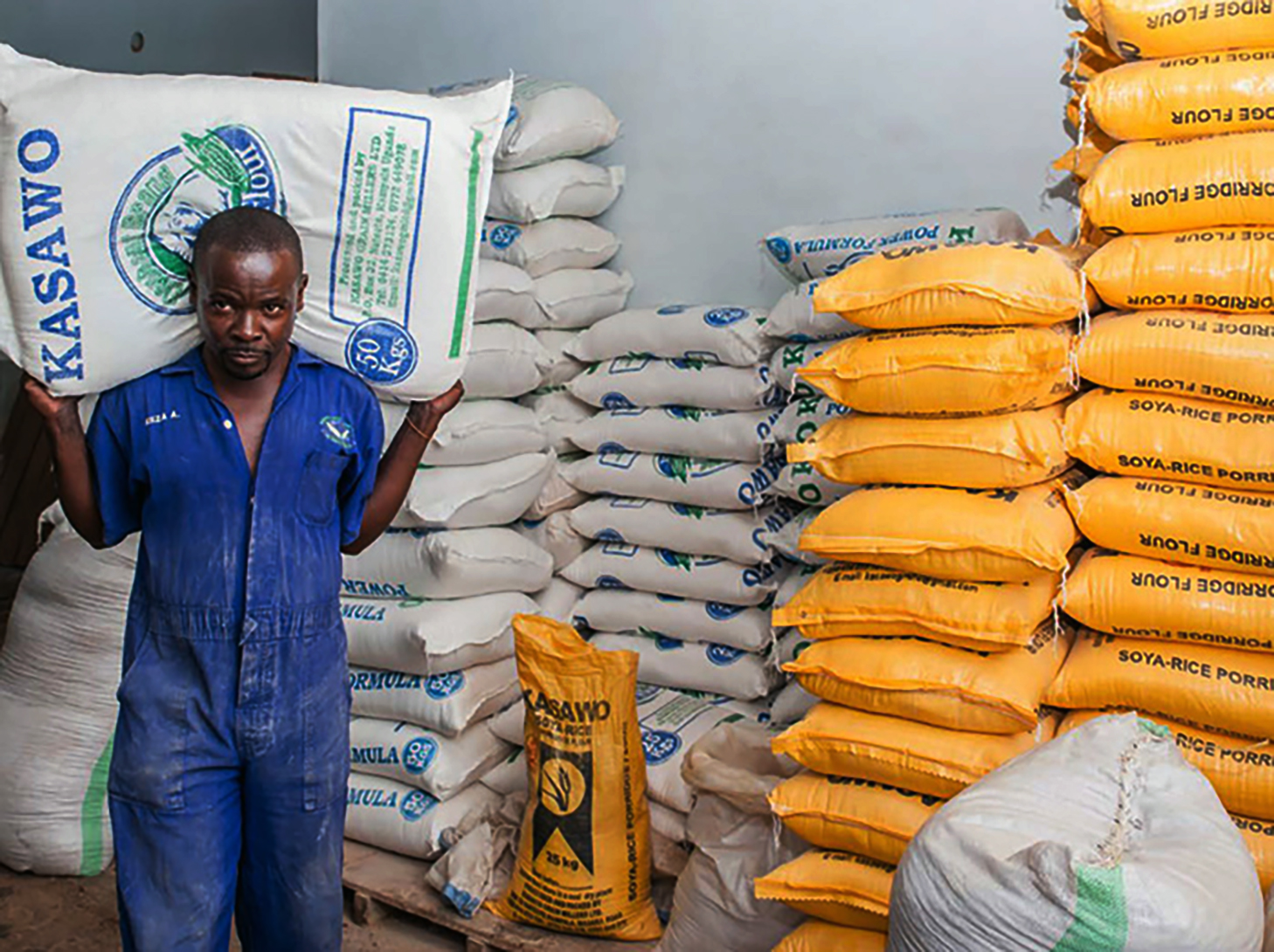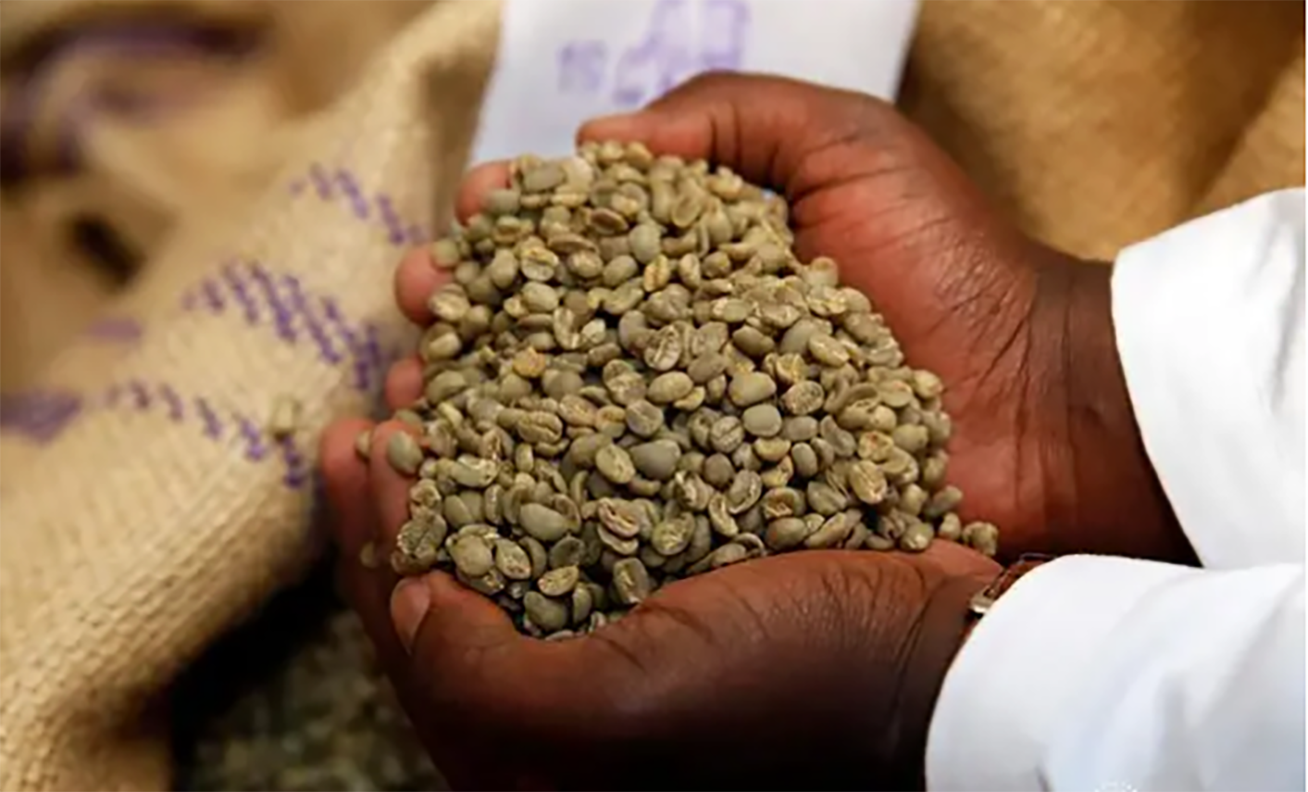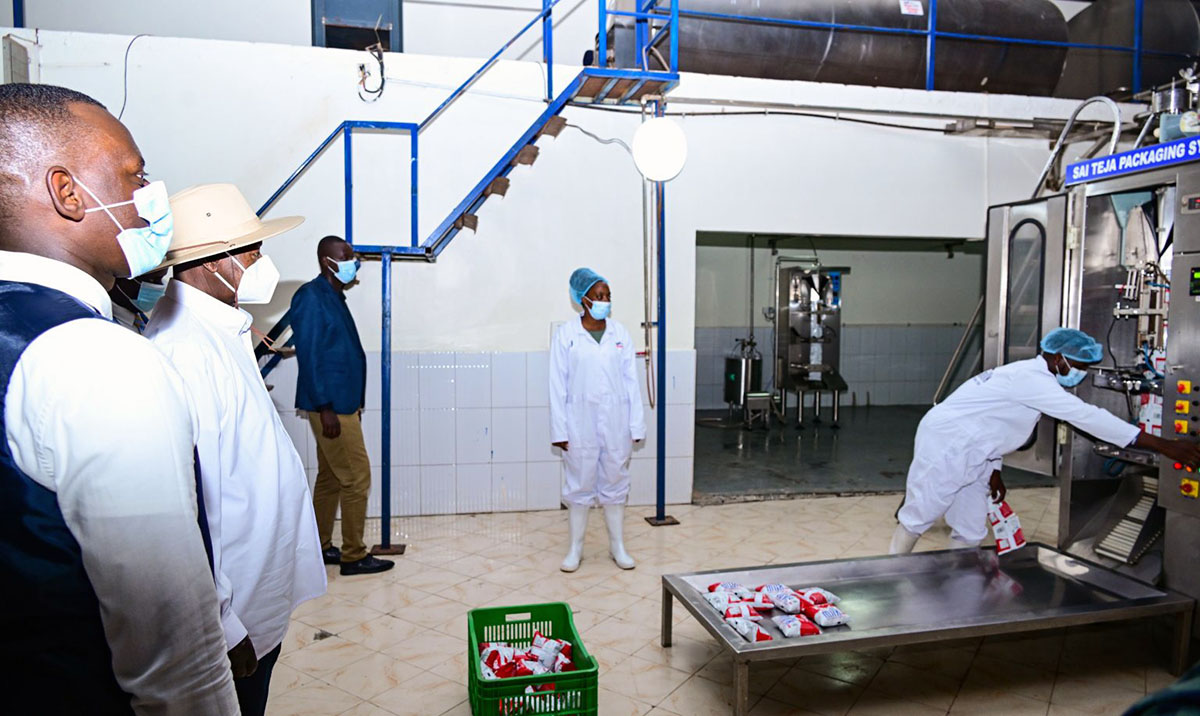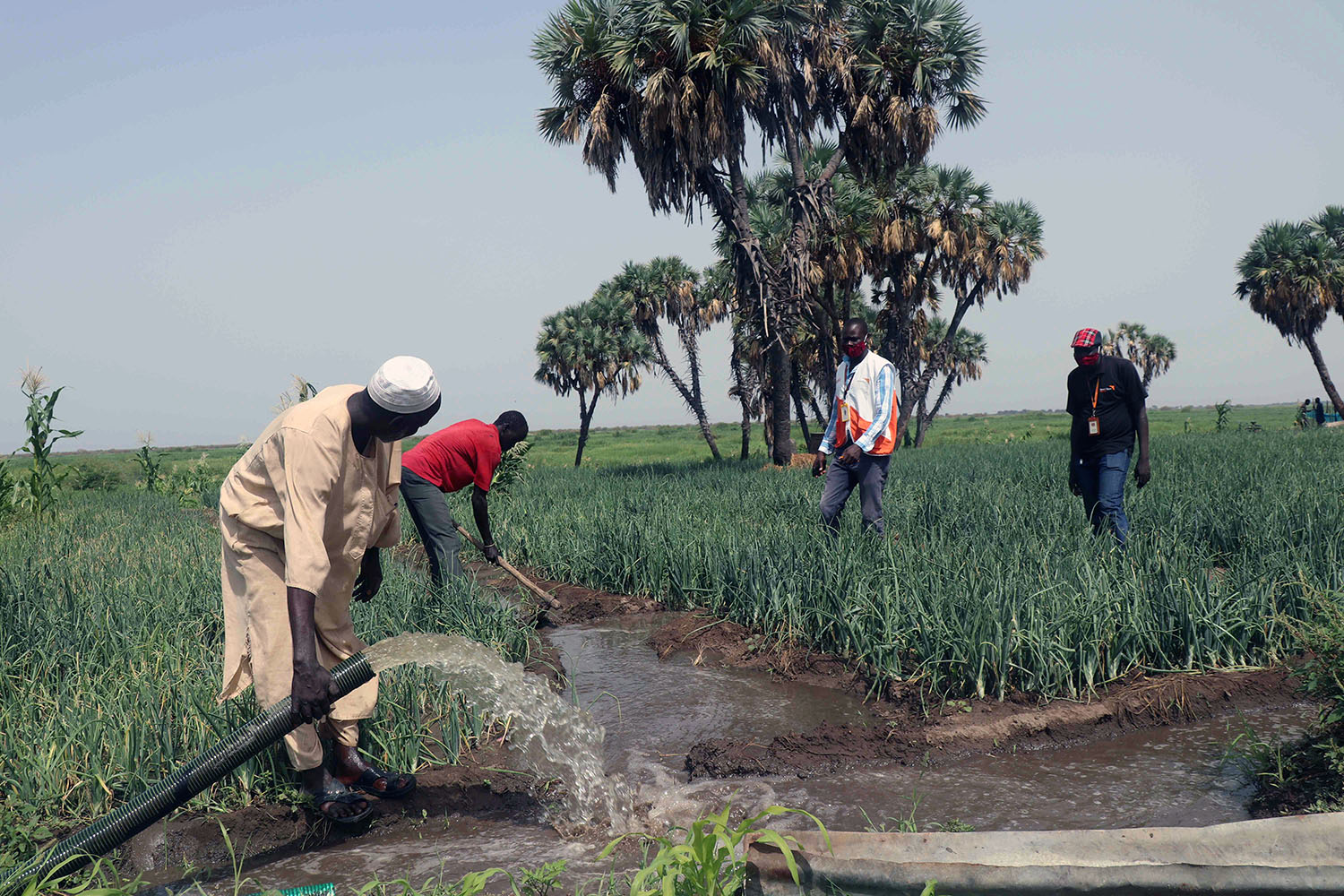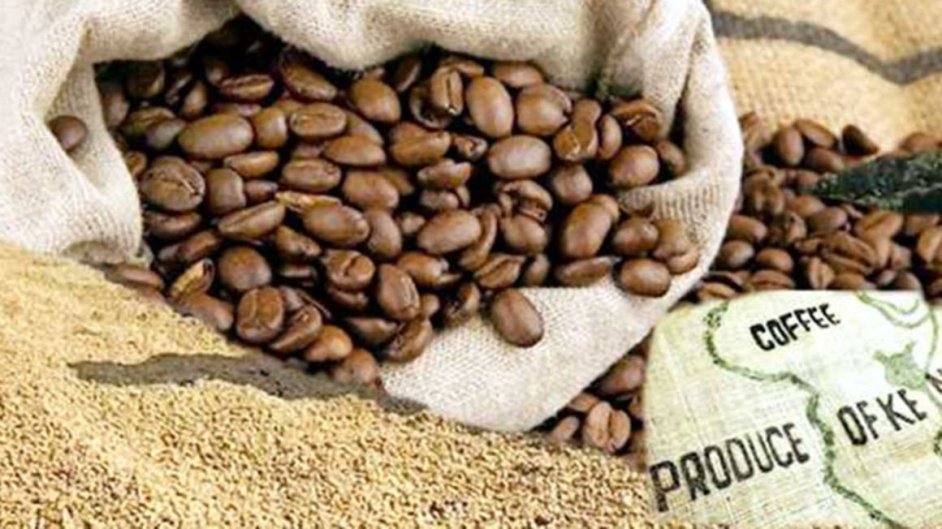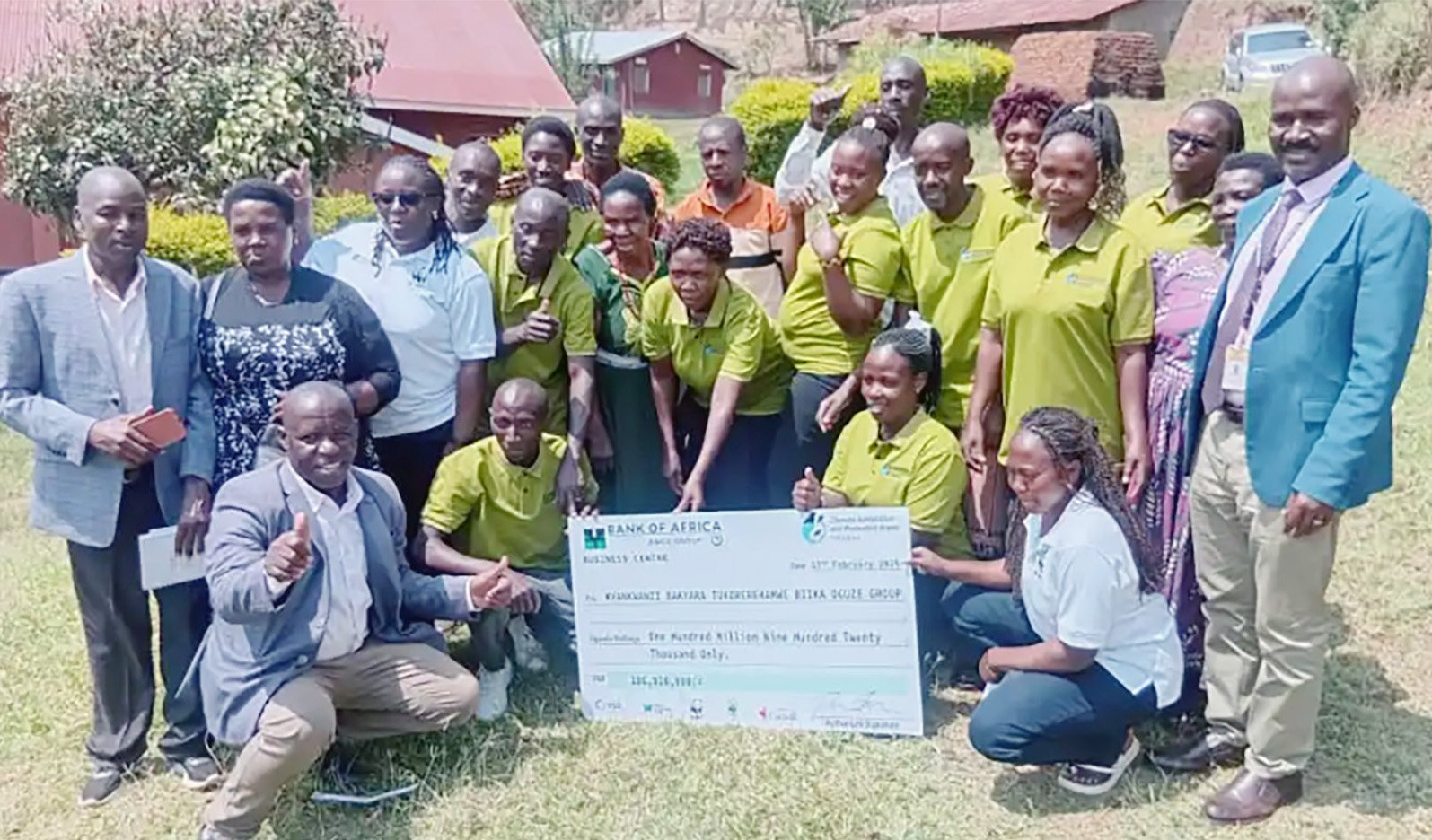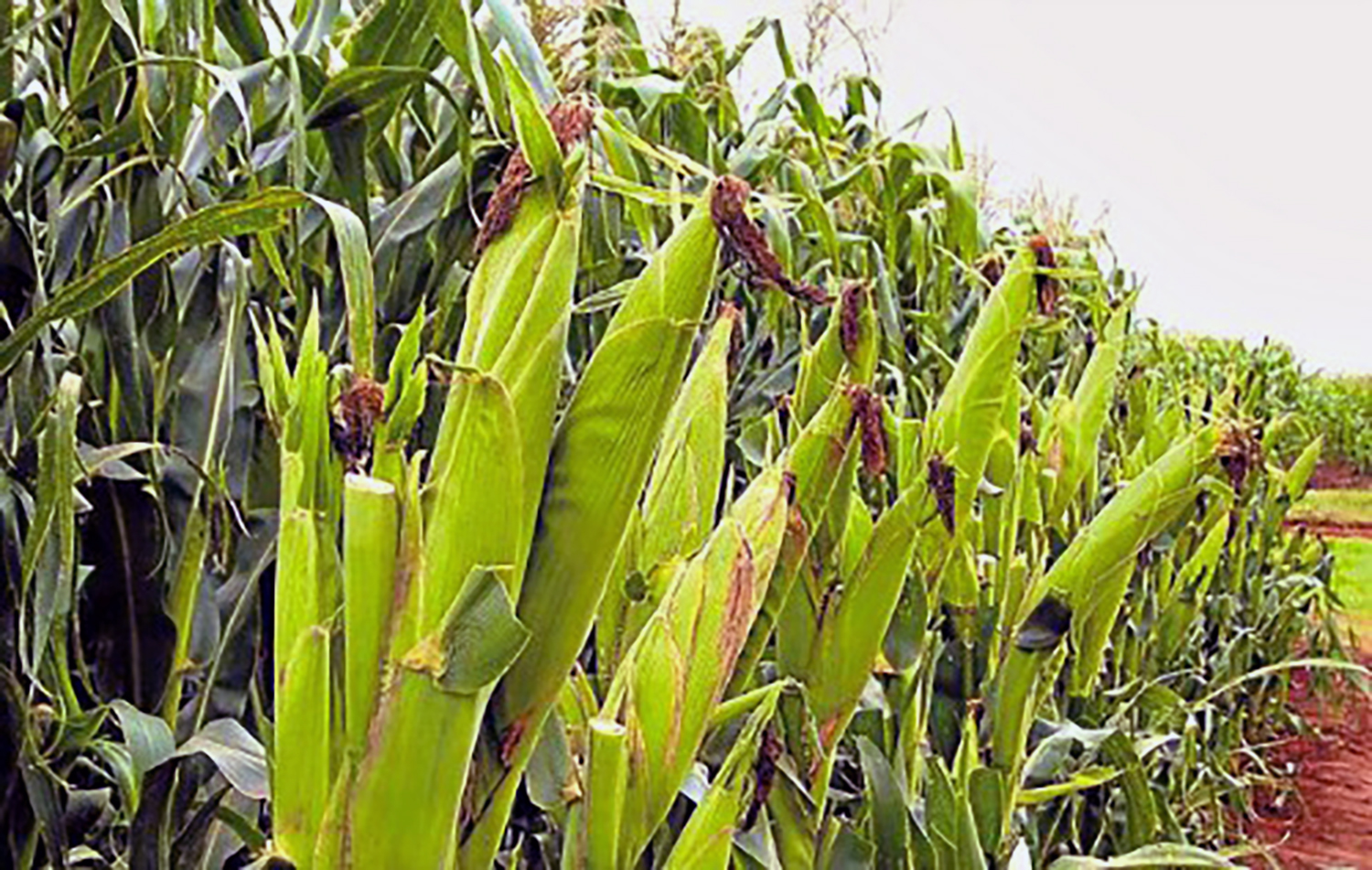Younger dairy farmers and increased consumption of UHT milk to spur sector growth
.JPG)
Uganda's potential and fortunes in the dairy sector can grow significantly if strategies are put in place to attract a younger crop of dairy farmers and with increased investment in long life milk processing and other value added products. Jackline Kittony, the Marketing Director Tetra Pak East Africa said that Uganda's conducive weather makes diary farming in Uganda an area of competitive advantage for the economy. Tetra Pak, a leading global player in packaging solutions in the dairy sector, is leading a campaign to popularize consumption of long life milk especially among the younger generation. Kittony said that there should be deliberate efforts to create a milk consumption culture at home and at school by carefully explaining the benefits of milk consumption to children. “Studies have shown that UHT milk is loaded with essential nutrients like protein, carbohydrates, calcium, zinc, potassium, phosphorous, magnesium, riboflavin, vitamins A and B12 which are good for health”. In addition, the UHT milk comes in six-layered aseptic packaging which prevents the milk from contamination. Current data from the Diary Development Authority (DDA) indicates that Uganda produces about 2.8 billion liters of milk annually but only 30% is processed. According to recent statistics on milk consumption, Kenya leads EAC with 120 liters per capita annually, which is 89 liters below the recommended amount from the World Health Organization (WHO). Uganda, Tanzania, and Rwanda record even lower annual per capita consumption numbers of 53 liters, 42 liters, and 38 liters, respectively. “UHT milk has a long shelf life milk. That milk is safe. Because of the high heat treatment the milk is processed through, the bacteria doesn't survive giving it a higher shelf life,”Kittony said. She explained that if farmers embraced UHT processing of their milk, they will enjoy even larger market and better incomes since consumers far and wide would be able to access their products all year round. Information from the ministry of agriculture indicates that Uganda's revenue from export of dairy products rose from $131.5m (about sh490bn) in 2018 to $205m (765bn) in 2020. Kittony pointed out that sector revenues could rise even higher if youth were attracted to the diary sector. For this to be done, she noted that dairy farming should be seen as a business and not simply as a subsistence activity done predominantly in Uganda's cattle corridors. “We need to attract young people into the diary space. The average age of a dairy farmer is 64 years, this indicates that the young people are not taking it up,” she pointed out. “We need to view diary as a business venture. The young people need to be educated on what the inputs and outputs are and importantly, where the markets are,” Kittony explained. A recent survey published by Tetra Pak projects that Africa will see an increase of more than 50 percent in liquid dairy consumption, growing from 15 billion liters in 2010 to almost 25 billion liters in 2020. Milk consumption in Africa is currently the lowest in the world, around 37 liters per capita annually, which is 67 liters below the world average of 104 liters per capita and only accounts for six percent of world consumption. The growth, however, will come at the expense of “loose milk”, which is unpasteurized milk sold in cans and/or bags.








